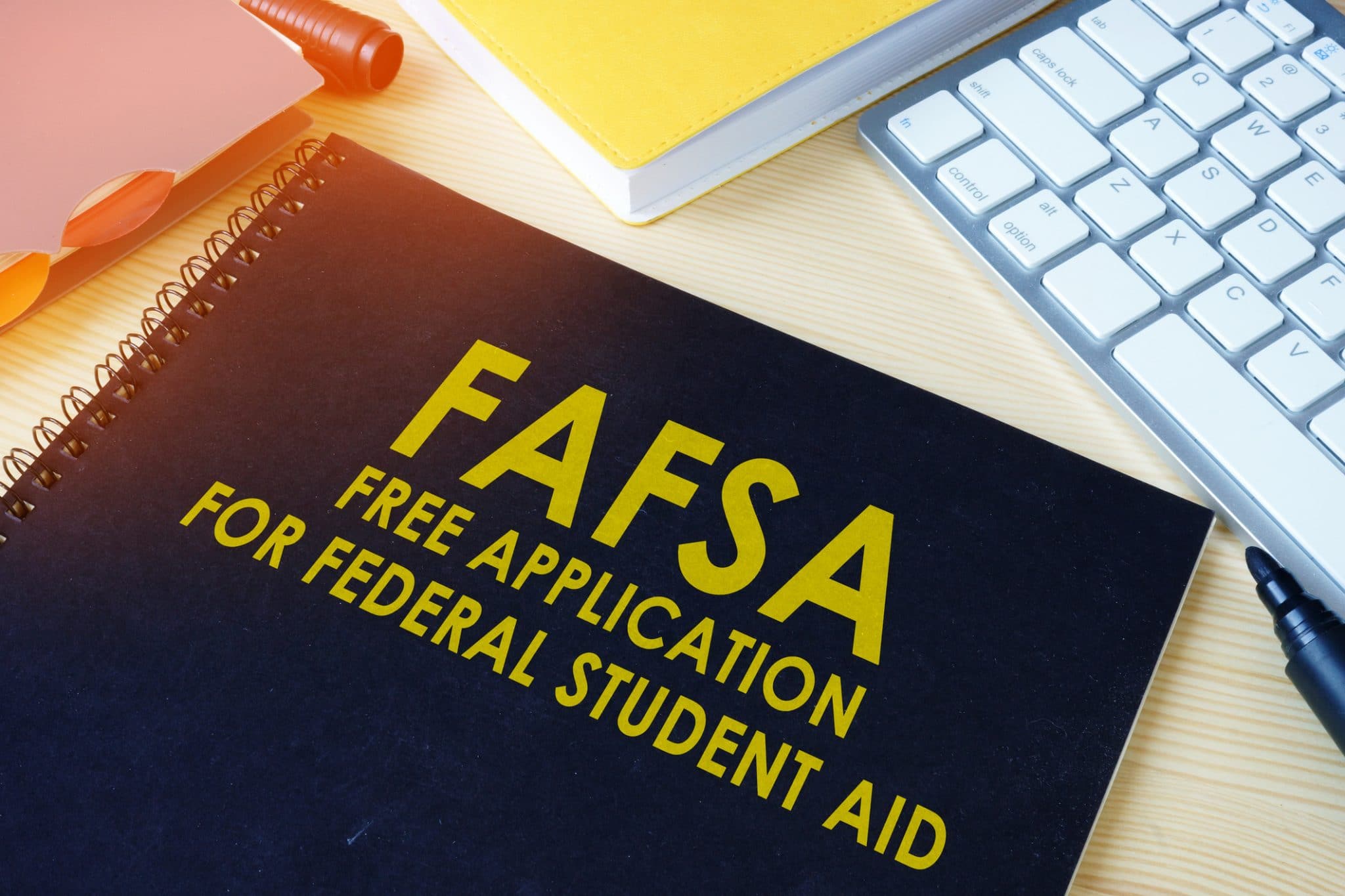Second only to the question of where to apply to college is the question of how to pay for it. For many American students, the costs associated with college attendance can be quite prohibitive. Fortunately, there are several options to assist in covering or at least mitigating them. Hence, a savvy college student can graduate with minimal or no debt. Federal financial aid, private scholarships, and student loans are but a few tools with which one can reduce out-of-pocket expenses.
FAFSA
When the average college applicant hears the phrase financial aid, a FAFSA, or Free Application for Federal Student Aid, is often the first thing that comes to mind. By filing a FAFSA, prospective students are automatically submitted for a Pell Grant. Pell Grants are provided by the U.S. federal government for low-income students seeking to enroll in college. Qualifying students must meet financial eligibility guidelines, attend a participating institution of higher learning, and not have a bachelor’s degree. Students completing a FAFSA will also have the option of applying for student loans. Applicants who are veterans can use a FAFSA to apply for Veterans Education Benefits.
To file a FAFSA, students must gather information pertaining to their personal financial income and assets, such as bank and tax statements, and W-2 forms. Males over the age 18 are required to show proof that they’ve registered with Selective Services; the registration process can be completed conveniently online. FAFSA applicants under the age of 24 will need their parent’s Social Security numbers and annual income information. All students seeking assistance via a FAFSA are required to adhere to submission deadlines, which may vary from state to state. Colleges may also have their own submission deadlines as well. Though it’s indeed a great starting point, completing a FAFSA for financial assistance is far from being a student’s only option.
Scholarships
College hopefuls seeking to finance their education are strongly encouraged to apply for scholarships. Scholarships aren’t just available to the best and brightest students academically anymore. The range of scholarships available to students runs the gamut. For example, since 1985, television personality David Letterman has sponsored an eponymous scholarship at his alma mater, Ball State University. It’s awarded to telecommunications majors who, despite average grades, demonstrate exceptional creativity.
To overcome the challenge of finding a scholarship for which they’re perfectly suited, students often rely on fee-based scholarship matching services, unaware that scholarship databases–those containing the highest quality and largest number of scholarships available to them–are easily accessible to anyone through a thorough, no-cost web search. Students utilizing scholarship matching services are often disappointed to discover that the scholarships listed on many of them ultimately fail to provide an appropriate match for their qualifications. Students should also be aware that scholarship matching services are not responsible for awarding scholarships, nor do they apply for them on students’ behalf. The best scholarship matching services simply provide a relevant scholarship match for your qualifications, that’s all. Once students find scholarships for which they qualify, it’s solely up to them to contact the scholarship’s sponsor in order to secure an application and information on any additional requirements an applicant might need.
Loans
Hoping to avoid the prospect of completing college steeped in debt before they’ve even secured viable employment in their chosen career field, many students are understandably reluctant to make student loans a part of their financial aid package. However, since grants and scholarships rarely address a student’s higher education expenses in full, student loans are quite difficult to avoid. Despite extensive concerns over ever-increasing student loan interest rates, some argue that a more pressing issue lies at the heart of the problem. In an August 2013 article for Rolling Stone Magazine, journalist Matt Taibbi described what he considers the dirty secret of American higher education. “It’s not the cost of the loan that’s the problem,” Taibbi argued, “it’s the principal–the appallingly high tuition costs that have been soaring at two to three times the rate of inflation…”
Under the Health Care and Education Reconciliation Act, a new law affecting students enrolling in college in 2014 or later, borrowers are provided new options for loan repayment. Over 1.2 million borrowers will be impacted by the act that will limit payments to 10 percent of a borrower’s income, allow borrowers to reduce their monthly payments, and forgive all debt remaining after 20 years, or after 10 years for teachers, nurses, military personnel, and others in public service positions.



